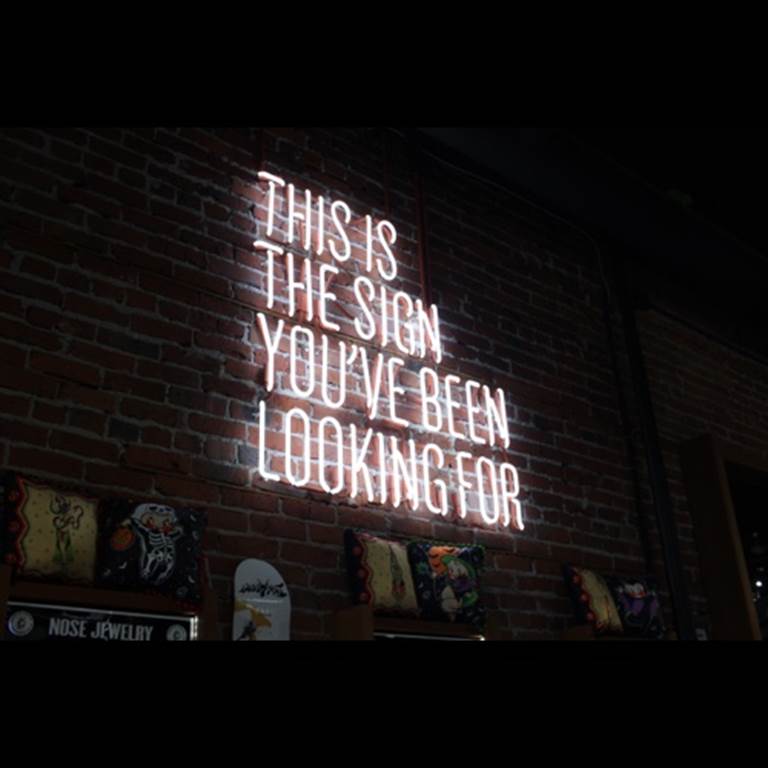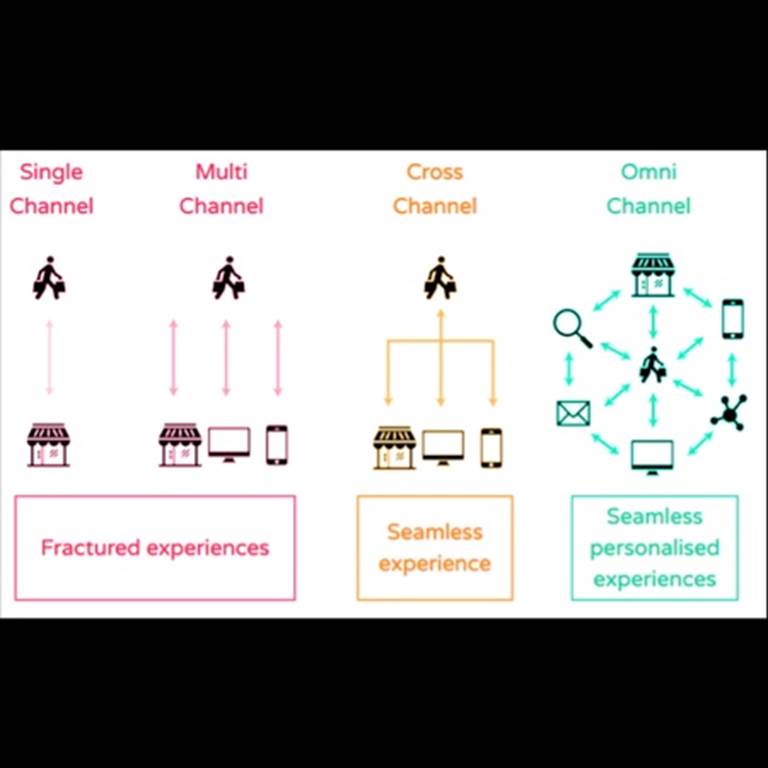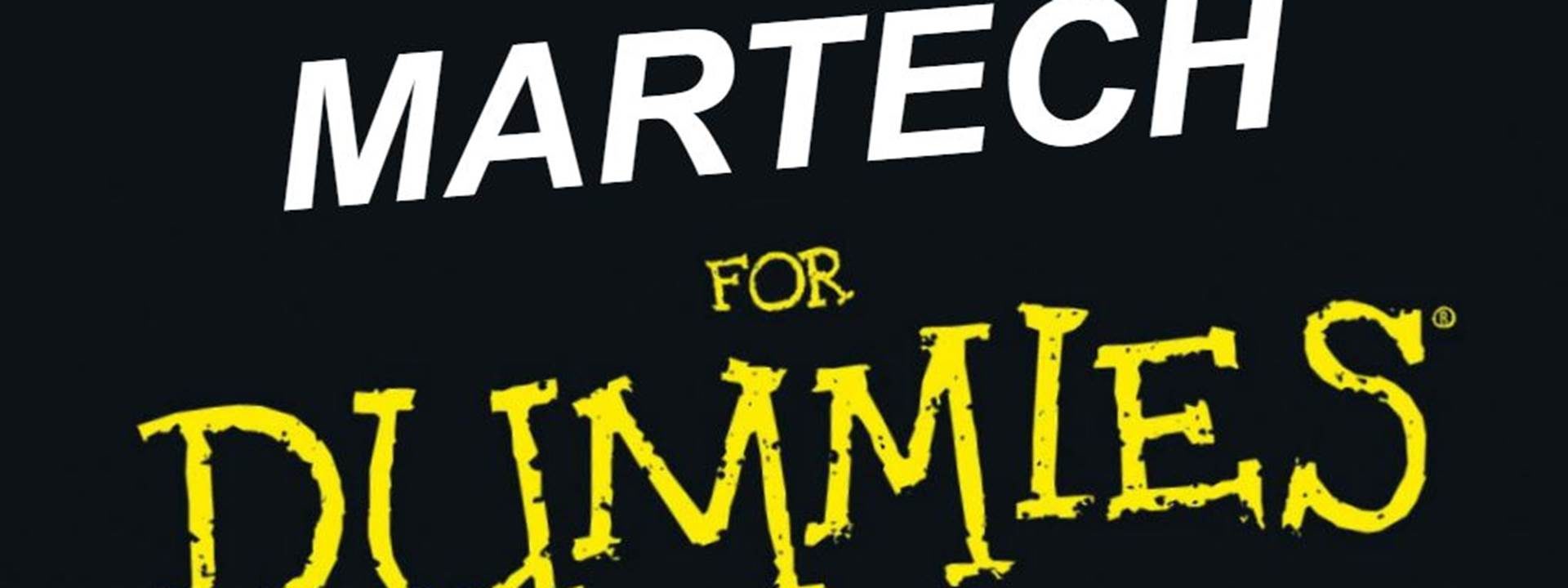MARTECH FOR DUMMIES: PART 1
To succeed in this industry we all need to speak the language of MarTech - but to do so - we need to know what on earth MarTech is!
This beautiful term seamlessly marries ‘Marketing’ and ‘Technology’ into one, easy word (because, who has time for two?).
The term ‘MarTech’ applies to any initiative or tool that uses technology to help marketers execute campaigns. As we know, language in this field is often littered with acronyms and jargon that can get confusing (IKR). But, never fear, we’re here to debunk common misconceptions and bring you up-to-speed with some MarTech definitions for your back pocket.
First up in our beginners guide, we’re going to iron out three terms that are often wrongly used interchangeably. We’re talking about multi-channel, cross-channel and omni-channel experiences. So, if you’re guilty, read on…


Multi-Channel
Multi-channel is two or more channels with unconnected platforms. The data between the channels is not shared, which leads to a fractured customer experience.
For Example:
You might book a train ticket via a travel provider’s website and later log into their app to view it when boarding. In a multi-channel customer experience, these two platforms (website and app) don’t talk to each other – this means that the ticket purchased on desktop won’t automatically show up on the app. Annoying!
Cross-Channel
Now we’re talking about two or more channels that support each other. Data is shared between them creating a seamless experience for customers.
For Example:
Let’s think of this in terms of visiting an O2 store. The sales team offer you the same personalised deals in store that you would see on the website and on the MyO2 app. Three channels, all working harmoniously together. Great, right?

Omni-Channel
Lastly, we’re talking about two or more channels that support each other with customer data or actions dictating the experience. Omni-channel communications rely on a Single Customer View (SCV) and Customer Data Platform (CDP) to deliver seamless personalised experiences.
For Example:
Amazon sends communications based on customer interaction on the site and via different channels such as Alexa, email or on the site itself. So, if I search and buy a kettle on Amazon, they can not only send me an email allowing me to track my package but also retarget me online with kettle covers as well as sending me some free tea bags and a voucher for 10% off my next amazon pantry shop in the post.
---
So, there we have it, three terms covering different technologies that are used to enhance customer experience. Watch this space! We’ll be back soon to shed some light on more MarTech terms.

